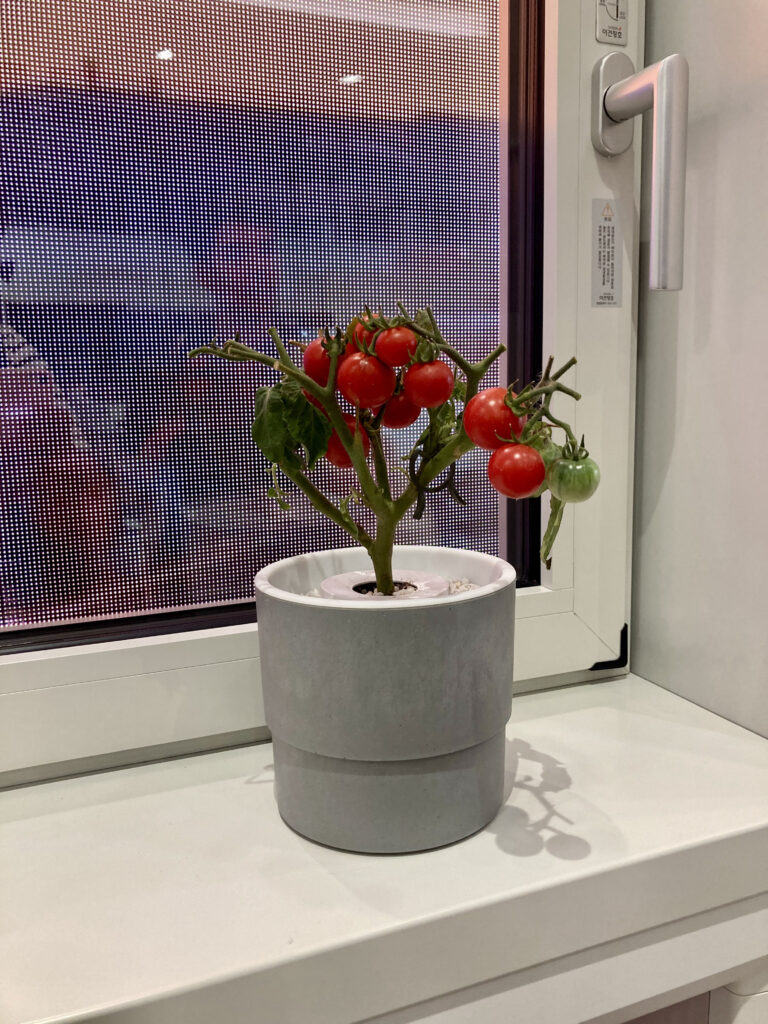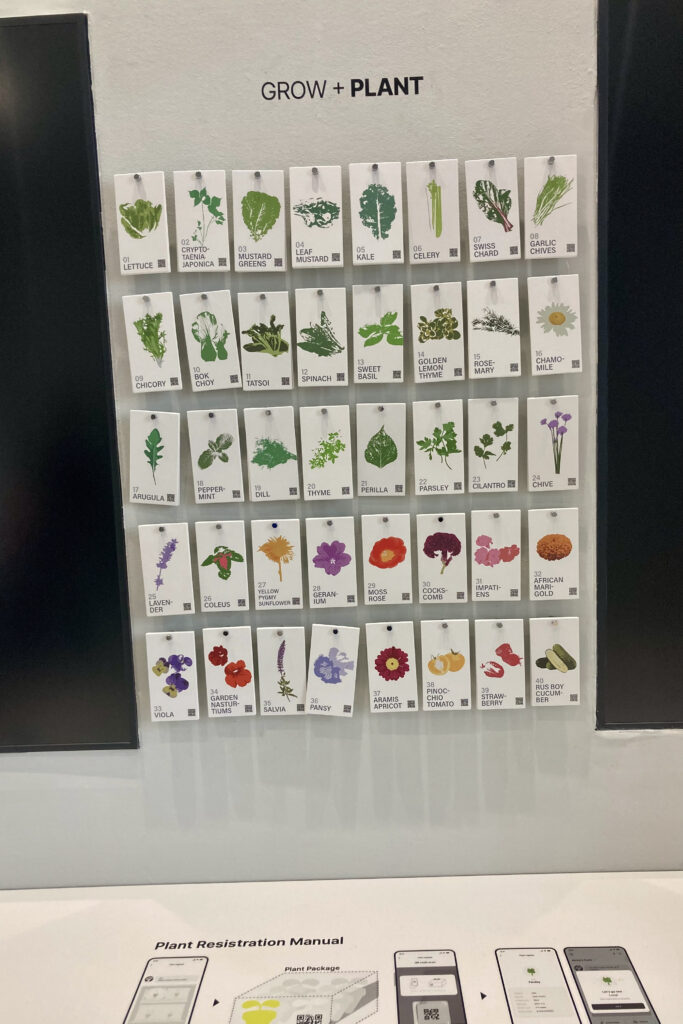At IFA Berlin, BalconyFarm showed how city dwellers can grow not only plants, but also herbs in windows. The Seoul start-up has developed an intimate gardening eco-system based on smart gardening.
Read the exclusive interview with CEO Sungwoo Kim.
Why did you decide to start BalconyFarm?
The idea of the window-inserted smart farm, BalconyFarm, actually started back in 2012. Since the 1950s, the mass supply of standardized collective housing has accompanied global urbanization, leading to the growth of the system furniture, kitchen, and home appliance markets. However, there have been almost no new proposals regarding windows, which are truly important. So, I wanted to bring a change to the window itself. Since establishing my architectural design office in 2011, I have designed and completed around 40 projects, while over 3 million apartments have been built in Korea. Completing individual buildings beautifully is important, but I also wanted to participate in the collective housing market, which has already been built in large quantities and continues to be constructed, to transform and improve the living spaces for more people.

Was there a trigger for the ideal?
In 2020, when I began research on windows, a steel company called Daehan Steel commissioned my office to design a master plan for a large scale smart farm named GREF. At that time, the global agricultural production was suffering due to the climate crisis. While acquiring knowledge about smart farms, I came up with the idea of a home-use small smart farm integrated with windows. With the support of Daehan Steel, I was able to officially start product development.

How simple is plant growth process?
All you need to do is insert the pot containing the plant seeds or seedlings into the seedbed and scan the QR code on the package. Then, all plant-related data is automatically registered in the BalconyFarm. After that, you just need to refill the water and nutrient solution once a week when you receive a water shortage alert on your smartphone. The light, airflow and water needed for the plants are all automatically controlled by the BalconyFarm.
Herbs Also
This is not just for plants, a person can grow herbs, correct?
Of course. You can grow about 40 different types of plants, including various herbs such as basil, rosemary, arugula, and chives.

An in-house vertical smart-farm, does this require a lot space?
Typical small smart farm products, no matter how compact, inevitably take up living space since they are mostly designed like shelves or standard home appliances. In contrast, the main feature of BalconyFarm is that it doesn’t occupy any space at all. It is inserted into the wall thickness where the window is installed, so even when installed in a very small room or a studio-type house, there is no waste of space.
How did you dumb proof this product for people with brown thumbs? Please explain the app control.
As explained earlier, all you need to do is insert the seeds or seedlings into the seedbed and scan the QR code. There’s nothing else you need to do. If any issues arise that the BalconyFarm cannot control, the app will automatically provide additional instructions, such as opening the window for ventilation or refilling the water. The app’s avatar, CONY, will send you notifications to take action accordingly. The BalconyFarm app is designed with an interface that mirrors the actual BalconyFarm, making it easy to understand intuitively. For example, when the lights come on in the BalconyFarm, the app also automatically lights up. Similarly, if the watering nozzle in the BalconyFarm retracts, it is reflected exactly the same way in the app.
As architect, design is important, what principles did you apply from that discipline to Balcony Farm?
BalconyFarm was created to help plants grow. The focus was not on making the BalconyFarm product stand out, but rather on highlighting the plants themselves. To enjoy the view coming through the window alongside the growing plants, the design of the BalconyFarm had to be as minimal as possible. Even when plants are not being grown, the frame’s angle was delicately adjusted and designed to allow light to flow along its surface, so as not to block the light and view coming through the window. The indicators showing the status of the BalconyFarm were also minimized to make it look like part of the window itself.

How much does your system cost? How would this technology work in old windows?
The expected launch price in Korea is 1,000 euros for the BalconyFarm DUO, 700 euros for the BalconyFarm SOLO, and 140 euros for the Balcony Farm POT. The launch in Europe or the United States will likely be next year. I should be able to provide the exact prices then.
When applying it to existing windows, we are researching ways to attach it to the window like furniture. However, to fully utilize the features of the Balcony Farm, I recommend replacing the oldest window with a new one that has the BalconyFarm inserted.
